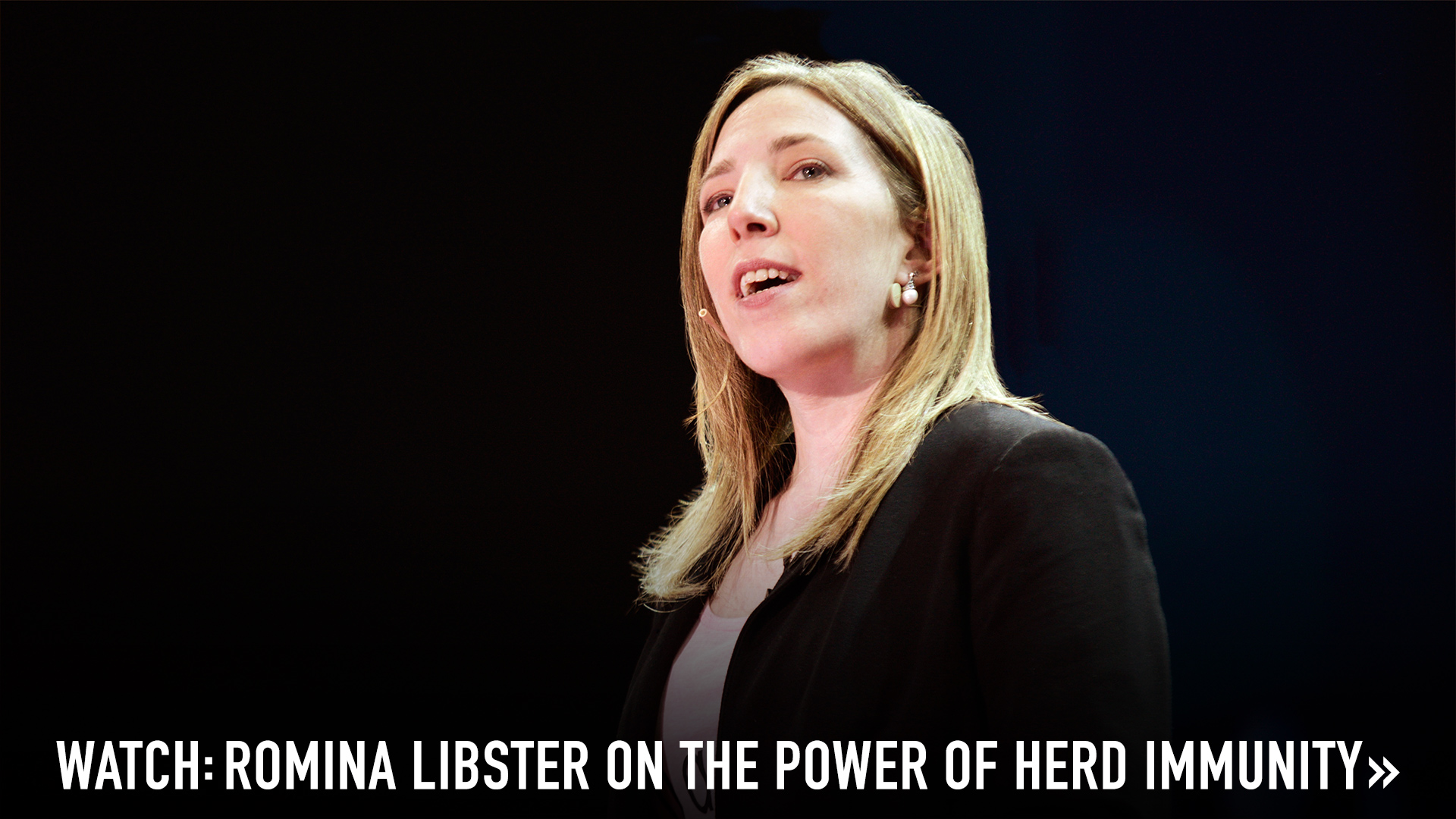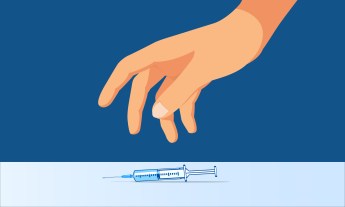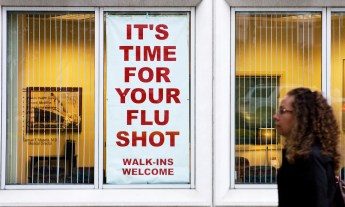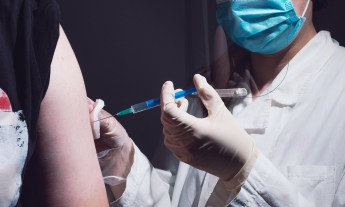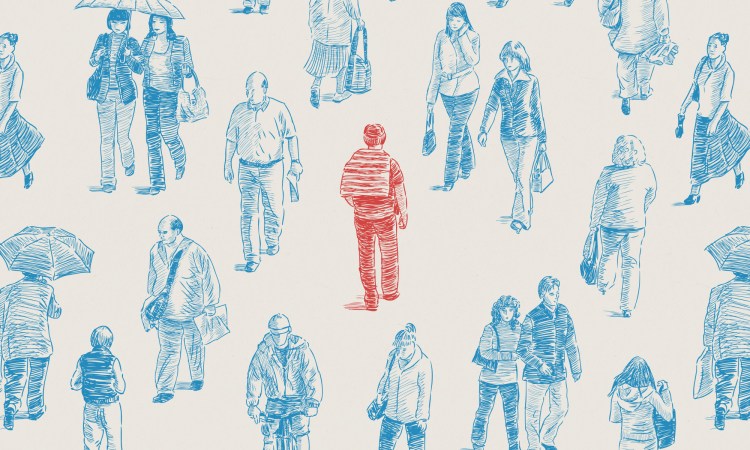
Infectious disease researcher Romina Libster wants us to understand: Vaccines are really not a matter of personal choice.
Romina Libster (TED Talk: The power of herd immunity) has witnessed first-hand the devastation a virus can wreak on an unvaccinated community. As one of Argentina’s leading infectious disease researchers, she’s on call at the first sign of an outbreak. And too often, lying in the quarantine beds are society’s youngest and most vulnerable patients. That’s why she has an urgent message for anyone who considers vaccination a matter of personal choice: It’s not just your life hanging in the balance. Vaccination, she argues, is a communal responsibility. Here’s why every shot counts.
You are a human shield. “Have you ever wondered who we are protecting when we vaccinate?” Libster asks. It’s a deceptively simple question, because vaccines don’t just fight off an infection, they break a chain of infections. “People who are vaccinated are not only protecting themselves, they are indirectly protecting the people in this community who are not vaccinated,” says Libster. Even the most well-inoculated communities will have a vulnerable minority — the young, the old and the sick — whose immune systems cannot withstand the dose of weakened virus in a vaccine. Their first and only line of defense is other, vaccinated people, who when in the majority “create a kind of protective shield which prevents them from coming in contact with the disease,” Libster says.
The unvaccinated people you see in infographics are not just hypothetical. They are our nieces and nephews, our children.
A slender minority can threaten the majority. When the majority of people in a community are vaccinated, the population achieves a disease-free state known as “herd immunity.” But the threshold for herd immunity varies with the disease, depending on both the germ itself and the immune response sparked by the vaccine. There is one common characteristic, warns Libster: a slim margin of error. “If the percentage of the population in a vaccinated community is below this threshold number, the disease will begin to spread more freely and may generate an outbreak of this disease within the community. Even diseases which were at some point controlled may reappear.”
Vaccines work. Fast. Libster recalls a nightmarish outbreak of H1N1 virus in Argentina in 2009. There was no vaccine available for that particular strain, and so it spread uncontrollably. Children were particularly susceptible, with 251 hospitalized with the virus. “All health staff were dressed in NASA-like bio-safety suits,” Libster says. “We all had face masks in our pockets.” The protective gear, she adds, didn’t do much to soothe her nerves. “I, being a hypochondriac, didn’t breathe for two hours,” she jokes. One year later, a vaccine came to market, and the turnaround was striking: Not one patient needed to be hospitalized in 2010. Argentina joined a growing number of nations that had eradicated the disease and halted a global pandemic, in a matter of months.
This is not pretend. You’re protecting real people. “The unvaccinated people you see in infographics are not just hypothetical,” Libster says. “Those people are our nieces and nephews, our children, who may be too young to receive their first shots. They are our parents, our siblings, our acquaintances, who may have a disease or take medication that lowers their defenses.” Even a healthy, vaccinated individual may unwittingly rely on herd immunity, because sometimes vaccines aren’t 100 percent effective. “All these people depend almost exclusively on herd immunity to be protected against diseases,” says Libster. The person that comes to Libster’s mind is Sol, one of her first patients, a one-month-old girl who died of the whooping cough. “I still wonder what would have happened if everyone around Sol had been vaccinated,” she says.
Illustration by iStock.

